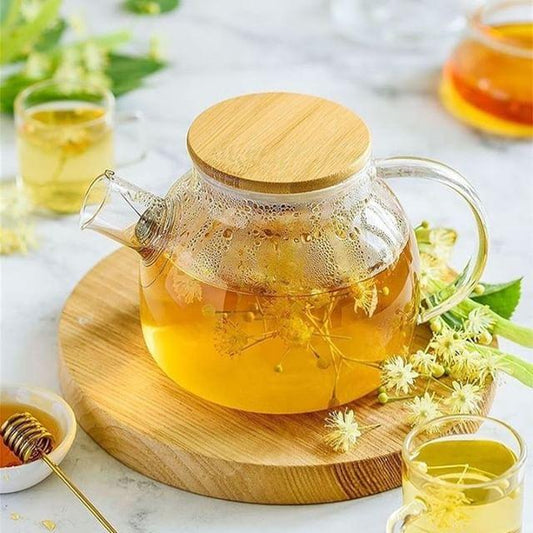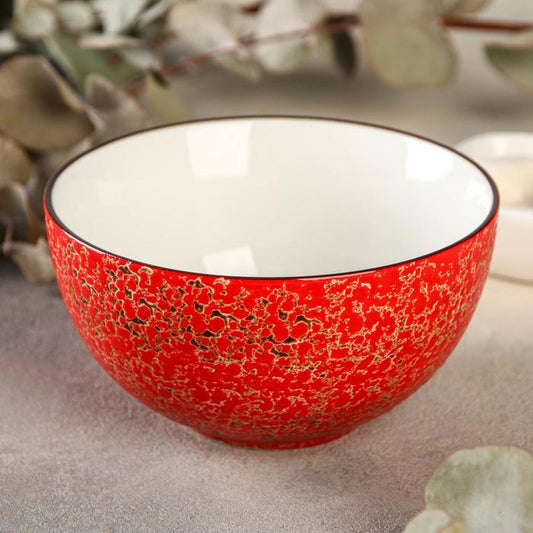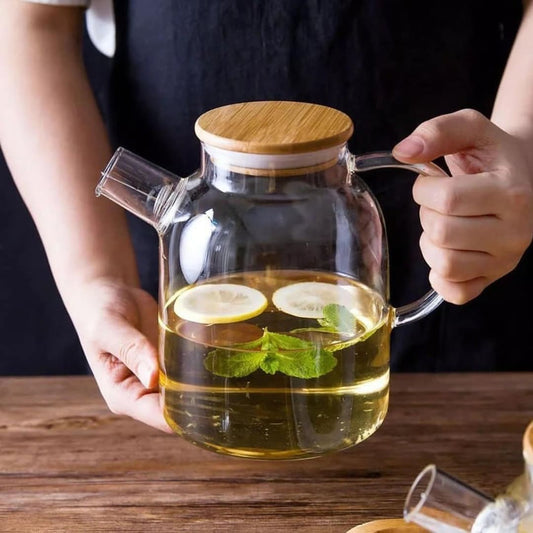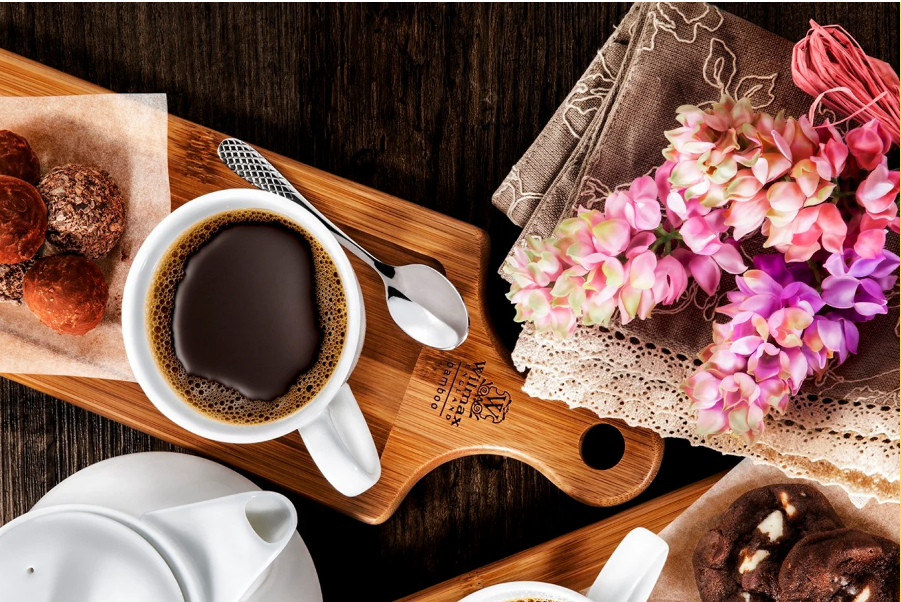🔪 Ceramic vs Damascus Knives: Which Blade Cuts Through Myths?

When it comes to kitchen knives, few debates are as passionate as ceramic vs. Damascus. Each blade type promises exceptional sharpness and performance—but they’re built on very different materials and traditions. Let’s slice through the myths and discover which knife truly belongs in your culinary arsenal.
🏷️ What Are They?
- Ceramic Knives: Made from zirconium oxide (ZrO₂), these blades are formed under extreme heat and pressure—resulting in an ultra-hard, non-reactive edge.
- Damascus Knives: Forged by layering and folding different steels, then acid-etched to reveal signature “water” patterns. They combine softness for resilience with hard steel for a keen edge.
⚔️ Sharpness & Edge Retention
Ceramic: Holds its razor edge for months of regular use. Ideal for slicing fruits, vegetables, and boneless proteins.
Damascus: Equally sharp out of the box but requires honing every few weeks and professional sharpening several times a year.
💪 Durability & Care
Ceramic: Extremely hard (8+ on the Mohs scale), but also brittle. Prone to chipping if dropped or used on bones.
Damascus: More resilient and flexible, tolerates twisting, prying, and light impacts—but can rust if not dried and oiled properly.
🧼 Maintenance & Handling Myths
-
Myth: “Ceramic knives never need sharpening.”
Reality: Eventual sharpening is required, using diamond abrasives—though far less often than steel blades. -
Myth: “Damascus steels are purely decorative.”
Reality: The layering process creates a strong, well-balanced blade prized for both performance and beauty.
🍽️ Best Uses
- Ceramic Knives: Perfect for ultra-clean, precise cuts of produce, boneless proteins, and delicate tasks like slicing cheese.
- Damascus Knives: The go-to all-rounder—excellent for chopping, rocking, butchery prep, and everyday kitchen work.
💡 Which Blade Is Right for You?
Choose ceramic if you value prolonged sharpness, light weight, and minimal metallic taste. Opt for Damascus if you need versatility, toughness, and classic craftsmanship. Many home chefs keep both: ceramic for quick veggie prep, Damascus for heavy-duty and general cooking.
Whether you lean ultra-modern with ceramic or honor tradition with Damascus, understanding each blade’s strengths will keep your kitchen cutting-edge—literally.
Share:





